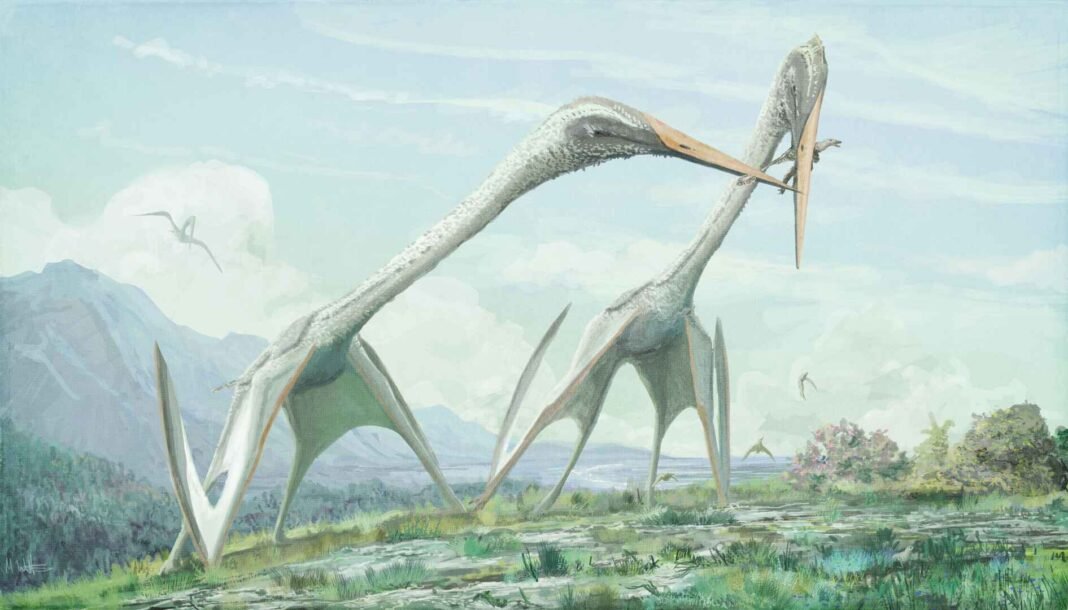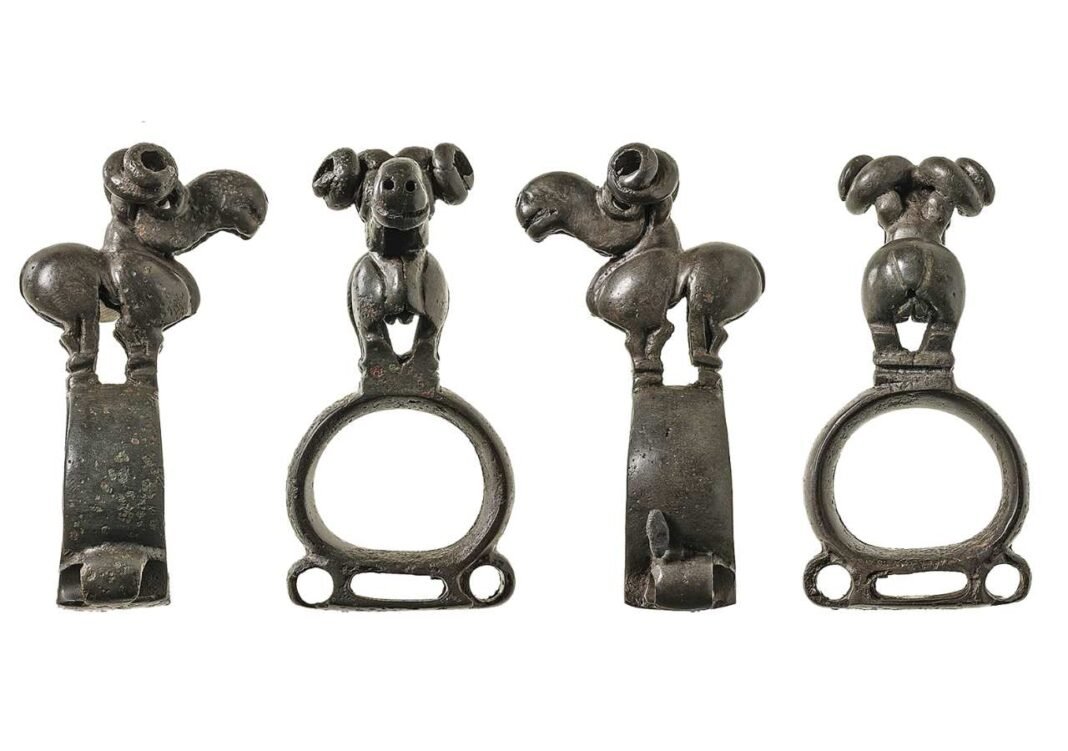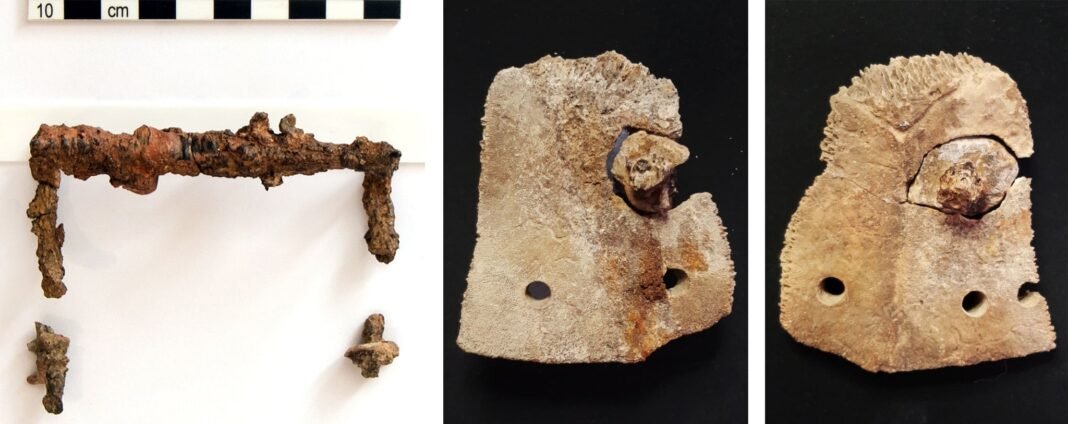
A fossil uncovered in central Syria has been identified as belonging to a gigantic flying reptile that lived approximately 70 million years ago, marking the first discovery of a pterosaur in the country.
The find includes part of a large upper arm bone, suggesting the creature may have had a wingspan exceeding 10 meters (33 feet), placing it among the largest animals ever known to fly.
The fossil was originally found in the early 2000s at a phosphate mine near Palmyra, but its significance went unrecognized for years.
Ongoing conflict and lack of research infrastructure delayed proper analysis. It wasn’t until Syrian paleontologist Wafa Adel Alhalabi reexamined the specimen that its importance came into focus.
Independent research sheds light on fossil’s identity
Alhalabi, working without institutional support, transported the bone to her home in Latakia, where she carried out a detailed study using basic equipment.
She later explained that preparing the fossil involved personal expenses and created so much dust and noise that it disturbed her household. Despite the challenges, her efforts revealed that the bone was a left humerus from a giant pterosaur.
First pterosaur from Syria, only 10% less than Quetzalcoatlus. New article added to the series of ” Recovering lost time in Syria.
Paleoart by Caetano Soares
https://t.co/sdFzFQRnOl pic.twitter.com/oFVF1jyRcP— Wafa Adel Alhalabi (@WhWafa) October 16, 2025
Researchers have identified the specimen as part of the Azhdarchidae family, a group of long-necked, toothless pterosaurs known for their massive size and dominance in the skies near the end of the Cretaceous Period.
These reptiles, which include species such as Quetzalcoatlus and Hatzegopteryx, were likely capable of both flight and stalking prey on land.
Gigantic flying reptile expanded known habitat range
The preserved section of the bone measures 29 centimeters (11.4 inches). Based on comparisons, the complete bone was likely only 10 percent smaller than that of Quetzalcoatlus northropi, the North American species known for its 11-meter (36-foot) wingspan.
Co-author Felipe Pinheiro of the Universidade Federal do Pampa in Brazil said the Syrian specimen shows that these colossal reptiles were more widespread than previously believed and were also present in what is now the Middle East.
Unlike most azhdarchid fossils, which are found in inland sediment, this bone was recovered from marine deposits in the Palmyrides mountain range near the Mediterranean. According to the study, this unusual setting suggests that these flying reptiles may have foraged or lived in coastal environments.
During the Late Cretaceous, the region that is now Syria was submerged beneath a shallow sea. Scientists say the discovery sheds light on a largely unexplored fossil record in the Middle East. Alhalabi said even a single fossil like this offers a deep-time glimpse into the region’s past and signals the potential for future discoveries in Syria’s geology.


